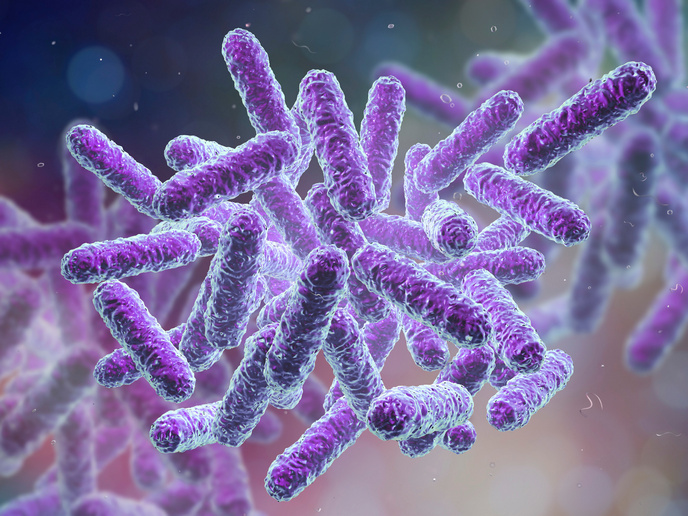Recombinant yeast produces industrial-grade biopolymers
Genetically modified yeast can convert lipids into biopolymers, waxes, and other chemicals such as polyhydroxyalkanoates (PHAs), potentially replacing the need for a very expensive chemical synthesis. All of these products are in high demand in chemical and biotechnological industries. The Lipoyeasts project aimed to develop a strain capable of transforming various types of natural lipids into industrial-grade biopolymers. To achieve that goal, EU scientists blocked endogenous lipid production within the yeast, inserted bacterial genes responsible for target compound production, and selected strains that were heavily dependent upon an external lipid supply. The project created genetically modified yeast, converting lipids into PHA with a 20-25% yield, the highest level ever achieved by any yeast strain. The scientists also identified the scope of lipids and fatty acids best suited for the PHA production by the yeast. A similar strategy was applied to generate yeast strains making wax esters, carotenoids, and biodiesel. In addition, researchers have licensed their wax ester/biodiesel yeast production platform to a major biotechnology company in the United States and are submitting a manuscript describing the invention. The Lipoyeasts project developed novel technology that not only replaces expensive (and sometimes hazardous) chemical synthesis, but also contributes to the elimination of oil spills via an environmentally friendly approach.







